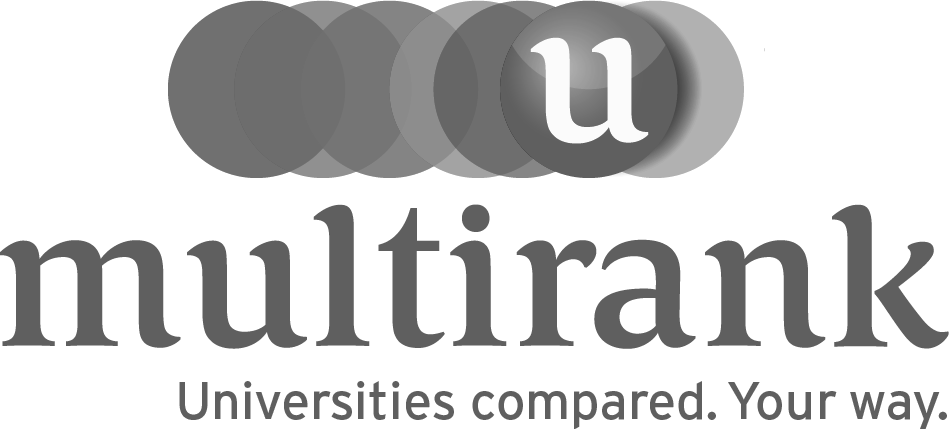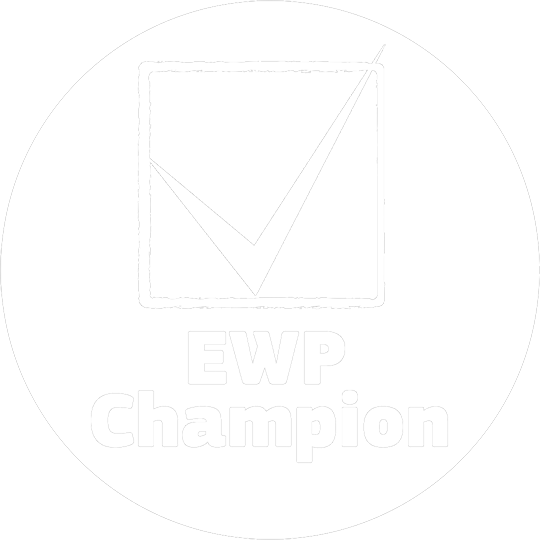Digital intermediaries (search engines, social media, digital stores, news aggregators, and messaging apps) became one of the most important platforms for accessing and finding news in the 21st century (Napoli 2014; Rasmus and Schroder, 2014; Helberger, 2016). The recent example of the 2016 elections in the US showed the importance of Facebook as a (primary) source of news and the creation of a privately-controlled public sphere (Helberger, 2016) where social networks act as ‘social editor’ (Helberger, 2016) which controls the algorithm (news feed) that allows users to access and engage with content. That kind of power of digital intermediaries questions media freedom, media pluralism, and current media policies (Helberger, 2016).
Digital intermediaries make editorial-like and personalisation judgments in their algorithms and therefore can cause effects like filter bubble (Pariser, 2011) and echo chambers (Jamieson and Cappella, 2008; Garrett, 2009). However, “their potential to make information visible and accessible is why information intermediaries can have a very positive effect on diversity and pluralism. (Helberger et al., 2014) Because of these processes, policy -makers should consider taking measures to ensure media plurality and diversity.
Different studies (Foster, 2012; Helberger et al., 2014; Nenadic and Ostling, 2016; Newman et al., 2016) tried to address the issue but none of them manage to answer the questions of how to measure and benchmark media pluralism and diversity of digital intermediaries. Existing tools and metrics for monitoring media pluralism provided by the European University Institute (The Media Pluralism Monitor) and Ofcom in the UK only partially address the problem. Ofcom (2015) noted that survey data and the web measurements (reach, page views, and time spent) do not provide “a complete and consistent picture of online news consumption across both the full range of devices and the sources used. Considering the trend that is visible in the research of the Reuters Institute for the Study of Journalism (Foster, 2012; Newman et al., 2016) and other sources (Ofcom; EUI) determining the appropriate tools for measuring media pluralism and diversity is crucial.
The goal of the conference is to explore topics such as but not limited to:
• What are the indicators/measures of media pluralism of content distributed & shared by digital intermediaries?
• What (big) data sources and computational techniques can be used for measuring media pluralism of content distributed & shared by digital intermediaries?
• How to benchmark or weight indicators of media pluralism in content distributed & shared by digital intermediaries?
Different theoretical and empirical scientific approaches are welcome.
Conference venue: University of Dubrovnik Main Campus
Papers presented at the conference (after peer review) will be published in Proceedings which will be submitted for indexation by ISI, SCOPUS, and Google Scholar.
Official conference language is English.











